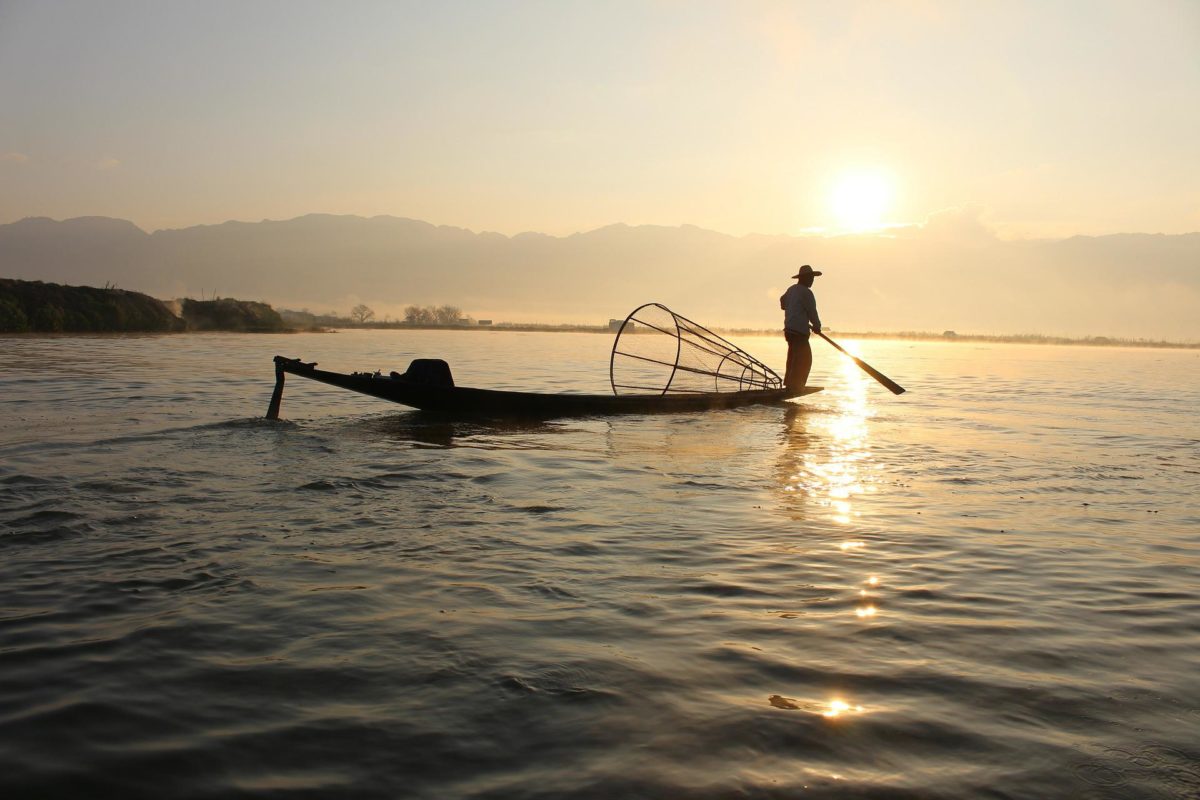From pv magazine Global.
The Ministry of Information (MOI) and the Ministry of Investment and Foreign Economic Relations (MIFER) of Myanmar last week issued a joint press release stating that the government is planning to boost renewable energy development and increase foreign investments despite the threat of new economic sanctions.
The two ministries said the announcement comes in response to recent unspecified media reports about energy shortages in the country and exits of some foreign energy companies.
“The recent temporary shortage of power was caused by a surge of global liquefied natural gas (LNG) prices, exacerbated by the Russia-Ukraine conflict and a weaker kyat currency, as well as terrorist actions linked to the People’s Defensive Force (PDF),” the government said referring to the armed wing of the democratically elected National Unity Government (NUG) which was ousted by a military coup on February 1, 2021.
“Apart from advocating a boycott of utility payments since 2021, PDF terrorists blew up power lines from the Lawpita hydroelectric plant in Kayah State. These actions contributed to outages which caused hardship to ordinary citizens and small businesses in particular.”
The government also said it will accelerate power generation in the country from oil and gas sources through new investments.
As for solar development, the two ministries said the 40 MW Letpanhla and 30 MW Nyaungbin Gyi solar projects have been completed and 13 solar power projects totalling 370 MW have been launched.
“Three more solar power projects which will generate 390 megawatt are also planned. Special efforts are being made to promote floating solar projects, rooftop solar projects, and small and medium-sized projects wherever possible. Tenders are also being called for 18 solar power projects that can generate 635 MW. These are in addition to ongoing negotiations for 11 solar projects which will generate 300 MW that have been invited,” their statement reads.
Difficulties
Despite the optimism of Myanmar’s authorities, the development of large scale solar appears to be encountering difficulties. Chinese PV inverter manufacturer Sungrow announced last week in its financial results that the project it secured in Myanmar’s first solar tender held in September 2020 has been canceled.
Last month, Irrawaddy news website owned by the Irrawaddy Publishing Group (IPG), founded in 1990 by Burmese exiles living in Thailand, reported that the utility solar projects selected in the above-mentioned tender were still far behind their construction schedules.
“Myanmar’s military regime is not pushing enough or not pushing at all the Chinese firms who are contracted to start solar power production, despite the fact that they are several months behind schedule,” the media outlet reported, hinting at the fact the military coup took place four months after the tender was finalised.
“The companies were set to start operations within six months under the agreements. However, the Myanmar military seized power from the NLD government in a February coup last year while the bidders were in the final phase to sign power purchase agreements with the Ministry of Electricity and Energy (MOEE).”
German project developer ib vogt, which secured one of the awarded projects, has declined to provide a comment upon pv magazine request. “ib vogt generally does not comment on projects that are under development,” the company stated.
Only an undisclosed project developer has so far secured a power purchase agreement from the MOEE, said Irrawaddy citing unidentified sources from the ministry. Furthermore, the article reveals that several of the regions where the projects will be located are currently affected by clashes between the army and resistance groups.
The MOEE allocated 1 GW of PV capacity in the procurement exercise and final prices ranged from US$0.0348/kWh to $0.051/kWh. The biggest winners were Chinese inverter maker Sungrow and China Machinery Engineering Corp. (CMEC), with nine and eight projects awarded, respectively.
A consortium formed by China’s State Power Investment Corporation Limited (SPIC) and local company Khaing Long Gems secured four projects. Two more consortia – including a group involving Chinese solar manufacturers Longi and GGL Systems – also won projects, as did the remaining two bidders, including groups led by ib vogt and Myanmar’s Gold Energy.
In June 2021, the MOEE launched a second 1 GW PV tender and a few months later it postponed the deadline to submit the bids for unspecified reasons.
According to the latest statistics from the International Renewable Energy Agency, the country reached an installed PV capacity of 80 MW at the end of 2021.
This content is protected by copyright and may not be reused. If you want to cooperate with us and would like to reuse some of our content, please contact: editors@pv-magazine.com.









By submitting this form you agree to pv magazine using your data for the purposes of publishing your comment.
Your personal data will only be disclosed or otherwise transmitted to third parties for the purposes of spam filtering or if this is necessary for technical maintenance of the website. Any other transfer to third parties will not take place unless this is justified on the basis of applicable data protection regulations or if pv magazine is legally obliged to do so.
You may revoke this consent at any time with effect for the future, in which case your personal data will be deleted immediately. Otherwise, your data will be deleted if pv magazine has processed your request or the purpose of data storage is fulfilled.
Further information on data privacy can be found in our Data Protection Policy.